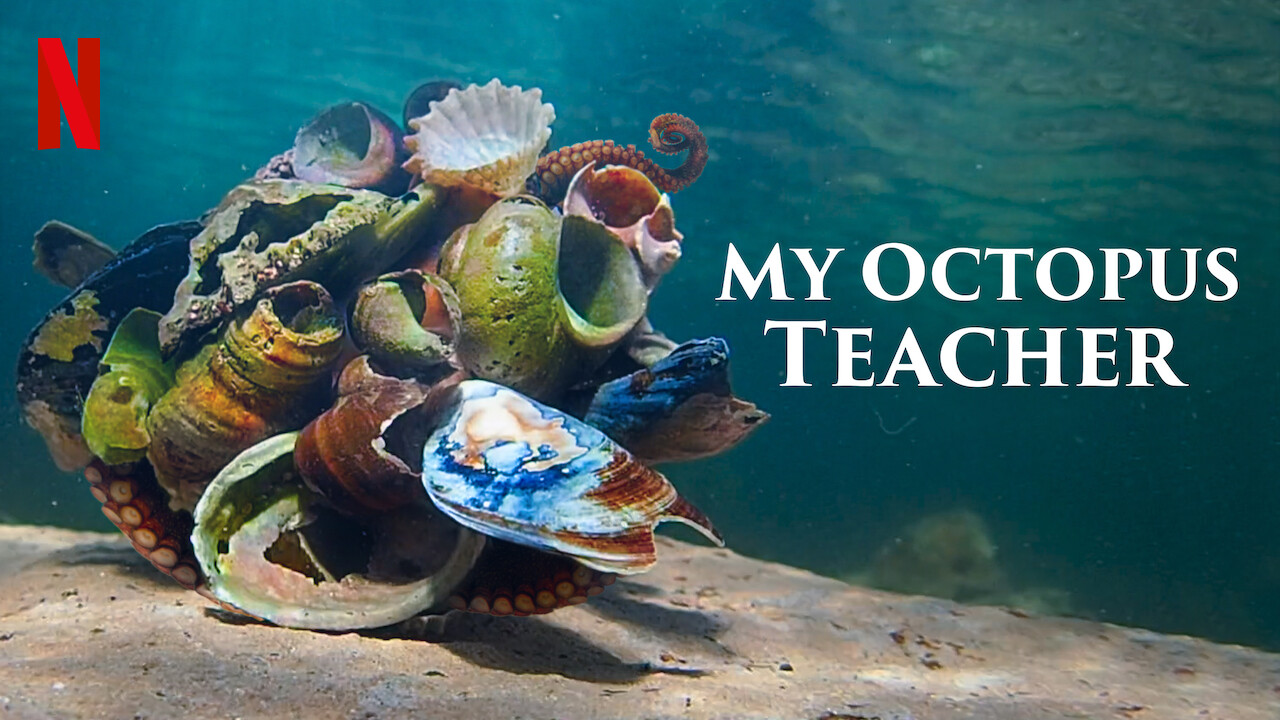Confessions of A Fan: My Octopus Teacher
My friend is a tracker and a naturalist. So she caught wind early on of a sleeper doc that went on to win the 2021 Academy Award for Best Documentary Feature.
When we watched My Octopus Teacher last fall, I was riveted. A sliver of my cerebral cortex registered how seamlessly the film crafted character transformation over three acts. But my mammalian brain was immersed in a thrilling love affair.
Afterward, I felt closer to the natural world. In December, I even planned to blog about “My Favorite Documentary Teacher of 2020”.
But I chickened out. Some industry voices had denigrated the film because it followed the “three act structure” too closely and was “emotionally manipulative”.
Since the Oscar win, it’s happening again. While there are plenty of fans among film world heavyweights, documentary forum criticism over the Octopus’s win range from “grossed out” to “allow me to projectile vomit”.
Well, allow me to stand up and applaud! Finally.
The rough cut alone took a year to edit, weaving the best of hundreds of hours of underwater footage. The interview with the protagonist took an exhausting three days.
As for the documentary being a textbook study in the three act structure, yep, it’s right up there with other stellar exemplars such as The Cove, Man on Wire and Free Solo.
Why is all this important? This well told story delivers an important conservation message without hitting you over the head (which I’m doing now).
According to the filmmakers (on the Sea Change Project website), “If viewers were drawn into the story, they would be more likely to absorb the larger ideas of deep nature connection, spiritual awakening and transformation … through having a relationship with the natural world.
“If we were too overt with these messages, we could make viewers uncomfortable and the whole story might get lost on them.”
If the three-act structure was lost on you, no worries! I asked my nephew and junior editor Chris, who is becoming a master storyteller, to analyze the film’s three-act structure. Read his case study here.
